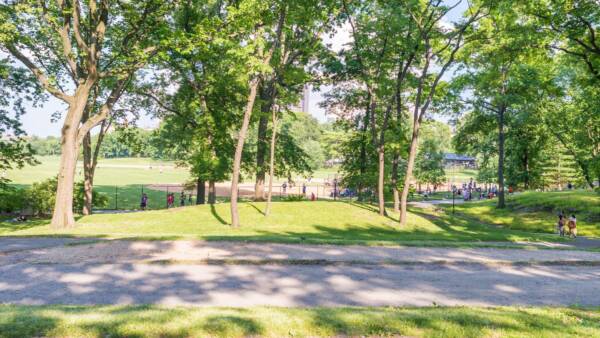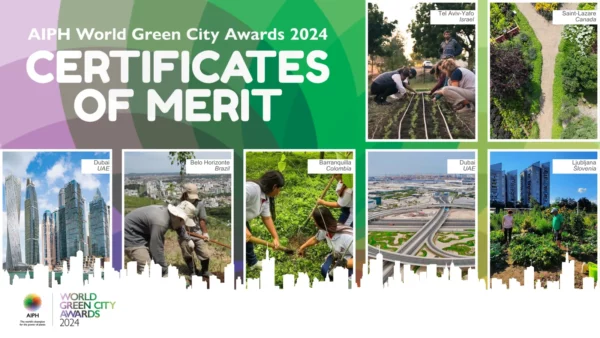Green roofs create novel and unique environments in the city. These new habitats have the potential to become places of biodiversity significance. This research examined the impact of the components and location of green roofs on the prevalence of rare and threatened species.
Green roofs create specialised and unique environments in the city. These new habitats have the potential to become places of biodiversity significance. This research examined the impact of the components and location of green roofs in and around Paris on the prevalence of rare and threatened species. Under consideration were different growing substrates, soil depths, areas, ages and building heights, as well as the presence of natural areas around green roofs.
Green roofs are commonly described as extensive roofs with shallow substrate (around 10 cm) and planting requiring maintenance, or intensive roofs which are designed with deeper substrate (over 13cm) which is usually composed of 24% sand, 10% clay and around 50–60% silt. The intensive green roof is more likely to be planted with woody species and have a more intense management strategy.
The plant species composition of a green roof changes over time. This is due to both competition between planted species, and the arrival and establishment of spontaneous plant species.The study explored whether there was a positive relationship between the presence of natural areas around roofs and species richness, anticipating that these natural areas could act as potential sources for roof colonisation. However, results showed that the richness of spontaneous species was only influenced by roof characteristics.
The change over time in planted species was found to be connected to the neighbourhood of the roof, with areas with high levels of green spaces such as woods being found to increase the success of the planted species on the roof. The authors suggest this unexpected trend could be influenced by human factors beyond the study’s remit such as district average income and green roof policies resulting in different roof composition.
The study also examined the difference in roof substrate and the role of plant tolerance as factors that might enable spontaneous species to succeed. It concluded that to support rare species, such as the 26 threatened or rare xerothermophilous plants of sand open habitats found in this study, it is recommended that species tolerant to extreme conditions are planted on the green roof to facilitate the establishment of less tolerant spontaneous species. The authors promote the opportunity for green roof designers to consider the essential role of biodiversity hosted in these ecosystems.
City level biodiversity conservation plans should consider the role of green roofs and the novel habits provided by this green infrastructure. Roof designers have a key role in structuring ecosystems. This study established soil thickness and structural composition thresholds that will allow designers to significantly improve roofs as welcoming habitats for plants. Overall, the research revealed that both roof and surrounding landscape variables influenced the plant communities that developed over time on the roof, and also that these variables had differing impacts depending on the plant’s origin.
Find out more about the species and green roof design in the full paper available here: https://www.sciencedirect.com/science/article/pii/S1618866724000451


















